Wind turbines belong at locations with good wind, that goes without saying. In order for the wind to be converted into a good electricity yield, wind turbine operators must take numerous factors into account. Weiterlesen
Schlagwortarchiv für: Energy
Welche Auswirkungen hat die Covid-Pandemie auf die Energienachfrage und auf die CO2-Emissionen? Antwort auf diese und weitere Fragen gibt der neue World Energy Outlook 2020 (WEO) der Internationalen Energie Agentur IEA. Der Bericht betrachtet in verschiedenen Szenarien Auswirkungen und Dauer der Pandemie auf die Wirtschaft und zeigt auf, wie die langfristigen Nachhaltigkeitsziele erreicht werden können. Der Bericht wurde am 13. Oktober publiziert.




 1 Vote(s), Durchschnitt: 5,00
1 Vote(s), Durchschnitt: 5,00A tour d’horizon of India’s energy transition and the role of energy storage
India provides unprecedented opportunities to scale solar and wind power, making it one of the forerunners of a world heading towards a sustainable future. However, there is one basic challenge that India must face: the intermittency of renewables. The article by Peter Freudenstein, an energy and climate change policy analyst and a Mercator Fellow, suggests methods that India can adopt to solve its problem. Weiterlesen




 Noch keine Bewertungen
Noch keine BewertungenDie diesjährige Herbstsession ging letzten Freitag zu Ende. Ein Meilenstein wurde bei der Totalrevision des CO2-Gesetzes erreicht: Die Vorlage wurde bereinigt und in der Schlussabstimmung angenommen. Dies und die weiteren energiepolitischen Geschäfte der Herbstsession haben wir für Sie zusammengefasst. Weiterlesen




 Noch keine Bewertungen
Noch keine BewertungenDie nächsten drei Wochen stehen im Zeichen der Schweizer Politik: Vom 7. bis zum 25. September 2020 tagen Parlamentarierinnen und Parlamentarier im Rahmen der diesjährigen Herbstsession wieder im Bundeshaus. Wir fassen die energiepolitischen Geschäfte zusammen. Weiterlesen




 Noch keine Bewertungen
Noch keine BewertungenRauchende Köpfe für CO2 Neutralität: Open Energy Data Hackdays 2020 in Brugg
Am vergangenen Wochenende war es wieder soweit: Die Zukunftsregion Argovia und Opendata.ch luden, unter anderem auch unterstützt durch das Digital Innovation Office des Bundesamts für Energie (BFE), zu den diesjährigen Energy Data Hackdays ein. Hier arbeiteten Teilnehmerinnen und Teilnehmer mit unterschiedlichstem Hintergrundwissen zwei Tage lang an neuen, datenbasierten Lösungen für die Zukunft des Energiesektors. Weiterlesen




 3 Vote(s), Durchschnitt: 3,67
3 Vote(s), Durchschnitt: 3,67Offenheit, Innovation, Transparenz und Zusammenarbeit waren nie so wichtig wie heute. Die Herausforderungen, vor welchen der Schweizerische Energiesektor steht, werden nicht ohne kollaborative Ansätze zu lösen sein. Weiterlesen




 Noch keine Bewertungen
Noch keine BewertungenIt’s time to ACT – innovators from industry and researchers are called to action!
Does your company wish to engage in research and development of CO2 Capture and Storage (CCS) or Carbon Capture, Utilization and Storage (CCUS) technologies?
Do you want to gear up, contribute to Switzerland’s climate-neutrality by 2050, and strengthen Switzerland’s role as a hub of innovation in low and negative emission technologies?
Do you want to undertake pilot and demonstration projects together with European, US-American and Indian partners, as well as innovators from the Canadian province of Alberta? Weiterlesen




 1 Vote(s), Durchschnitt: 5,00
1 Vote(s), Durchschnitt: 5,00Energieperspektiven 2050+: Szenarien für die Energiezukunft der Schweiz
Wie viel Energie brauchen wir in der Schweiz im Jahr 2050, um den Bedarf der Bevölkerung und der Wirtschaft zu decken? Wie können wir die Energieversorgung gewährleisten? Wie können wir die Energie möglichst umweltverträglich und effizient nutzen und produzieren, sowie gleichzeitig die Treibhausgasemissionen reduzieren? Und welche Auswirkungen hat dies für die Wirtschaft? Antworten darauf werden derzeit im Rahmen der «Energieperspektiven 2050+» erarbeitet. Die ersten Ergebnisse liegen voraussichtlich im Herbst 2020 vor. Weiterlesen




 4 Vote(s), Durchschnitt: 3,75
4 Vote(s), Durchschnitt: 3,75Forschungsprogramm SWEET: Was die Wissenschaft zur Energiewende beitragen kann
Das Bundesamt für Energie (BFE) ist verantwortlich für die Umsetzung der Energiestrategie 2050, die den Ausbau der erneuerbaren Energien und die Steigerung der Energieeffizienz zum Ziel hat. Die Schweiz hat sich zudem verpflichtet, ihre Netto-Kohlenstoffemissionen bis 2050 auf Null zu reduzieren. Dies sind grosse Herausforderungen. Unser Energiesystem muss dafür umstrukturiert werden. Es soll künftig erneuerbar, digital, dezentralisiert und vernetzt sein. In diesem Prozess müssen wir auch dafür sorgen, dass die Versorgungssicherheit gewährleistet ist. Weiterlesen




 Noch keine Bewertungen
Noch keine BewertungenKontakt
Bundesamt für Energie
Pulverstrasse 13
3063 Ittigen
Postadresse:
Bundesamt für Energie
3003 Bern
Telefonnummern:
Hauszentrale +41 58 462 56 11
Pressestelle +41 58 460 81 52
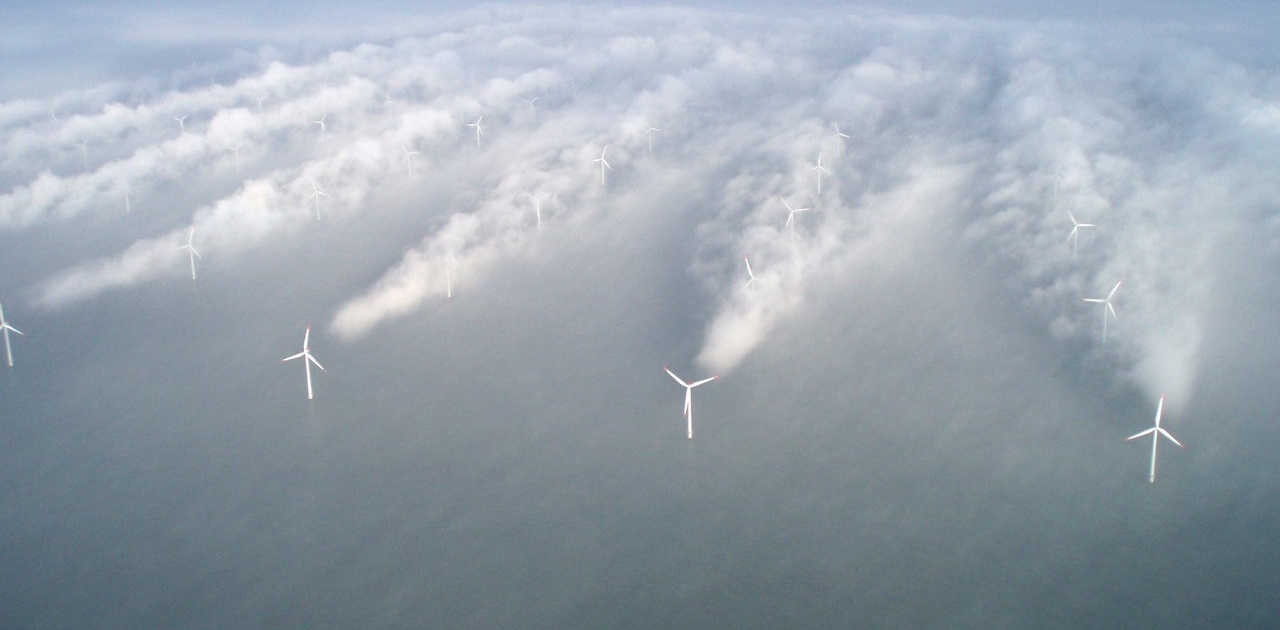 Vattenfall/Christian Steiness
Vattenfall/Christian Steiness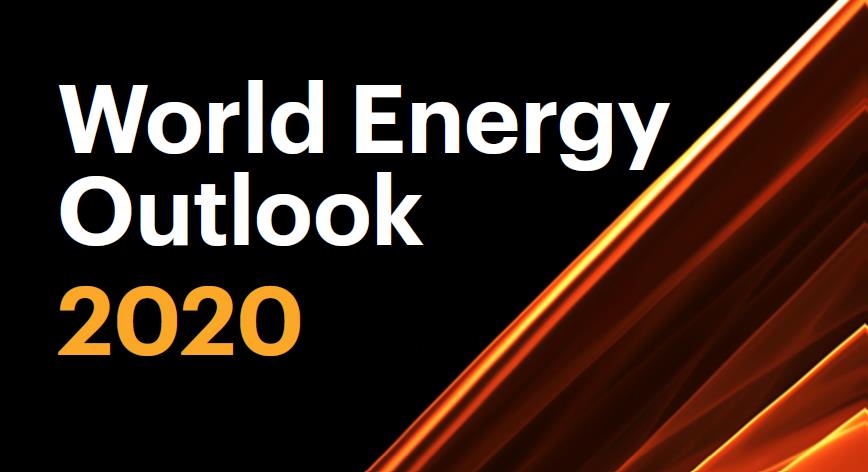 IEA
IEA Shutterstock
Shutterstock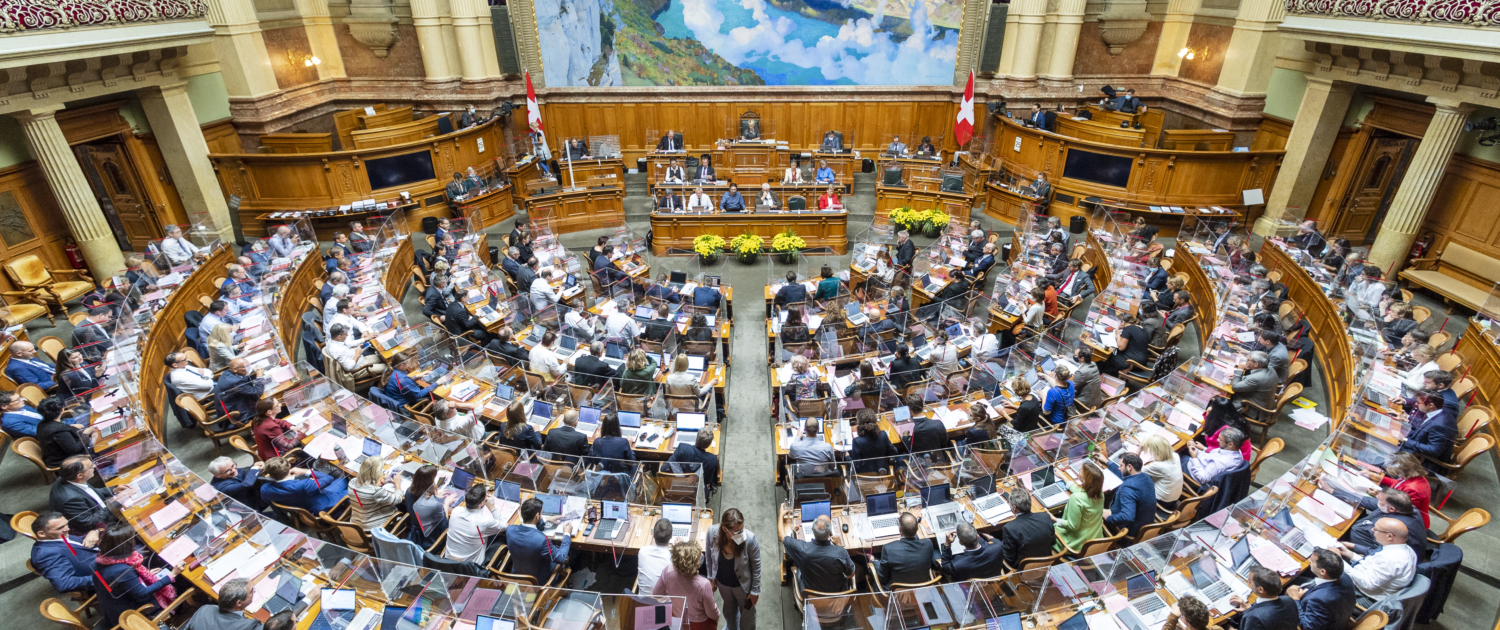 ©Béatrice Devènes
©Béatrice Devènes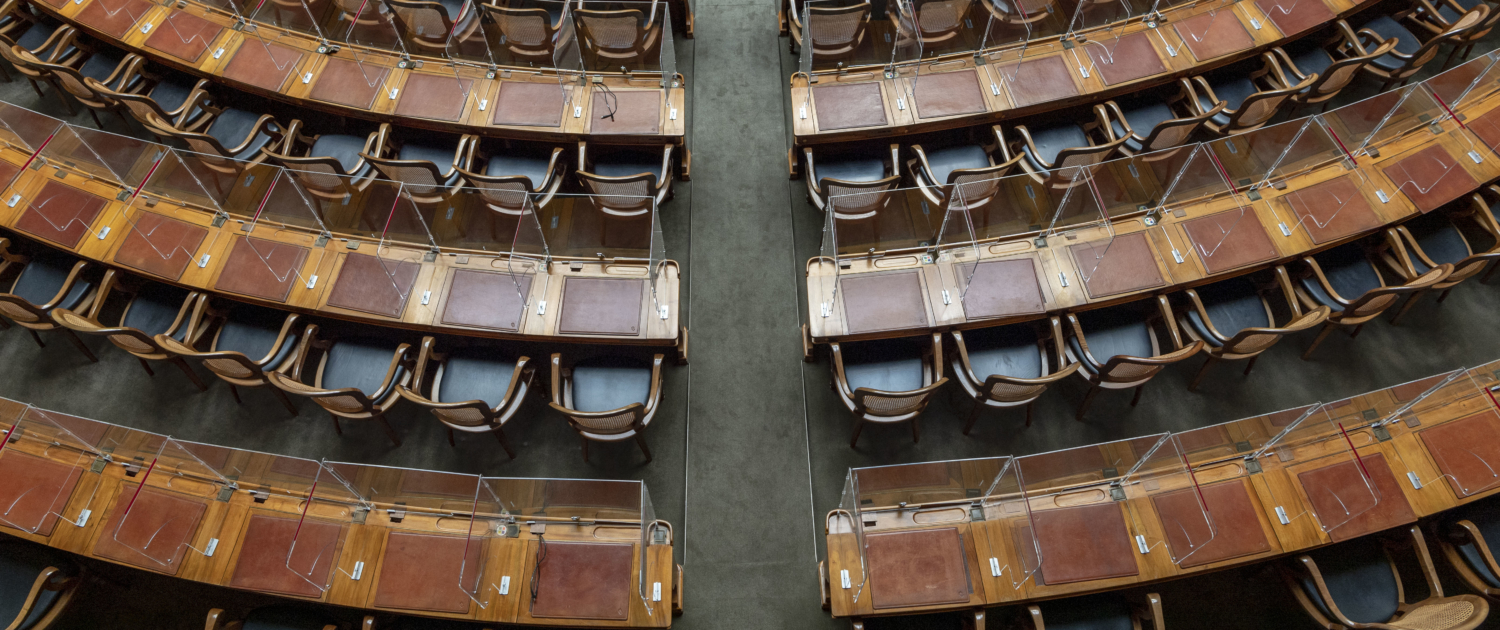 Béatrice Devènes
Béatrice Devènes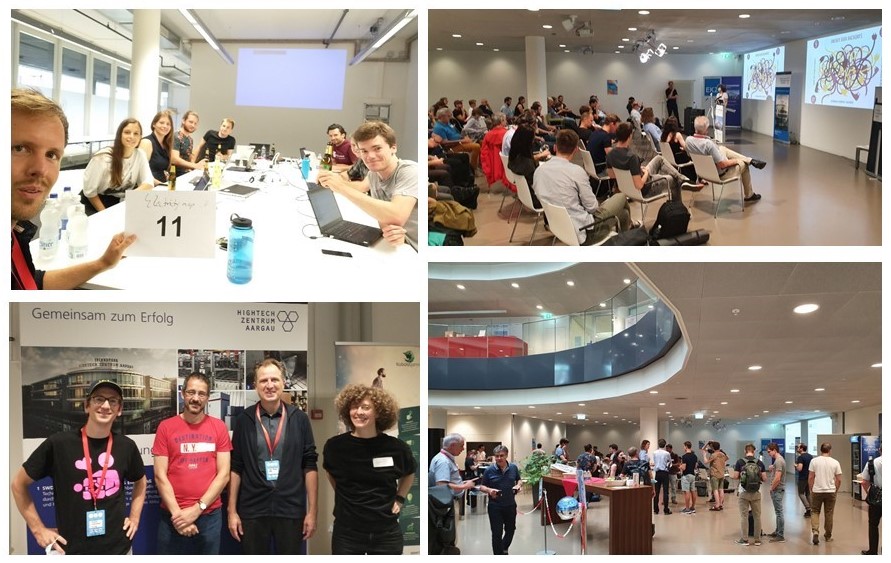 BFE
BFE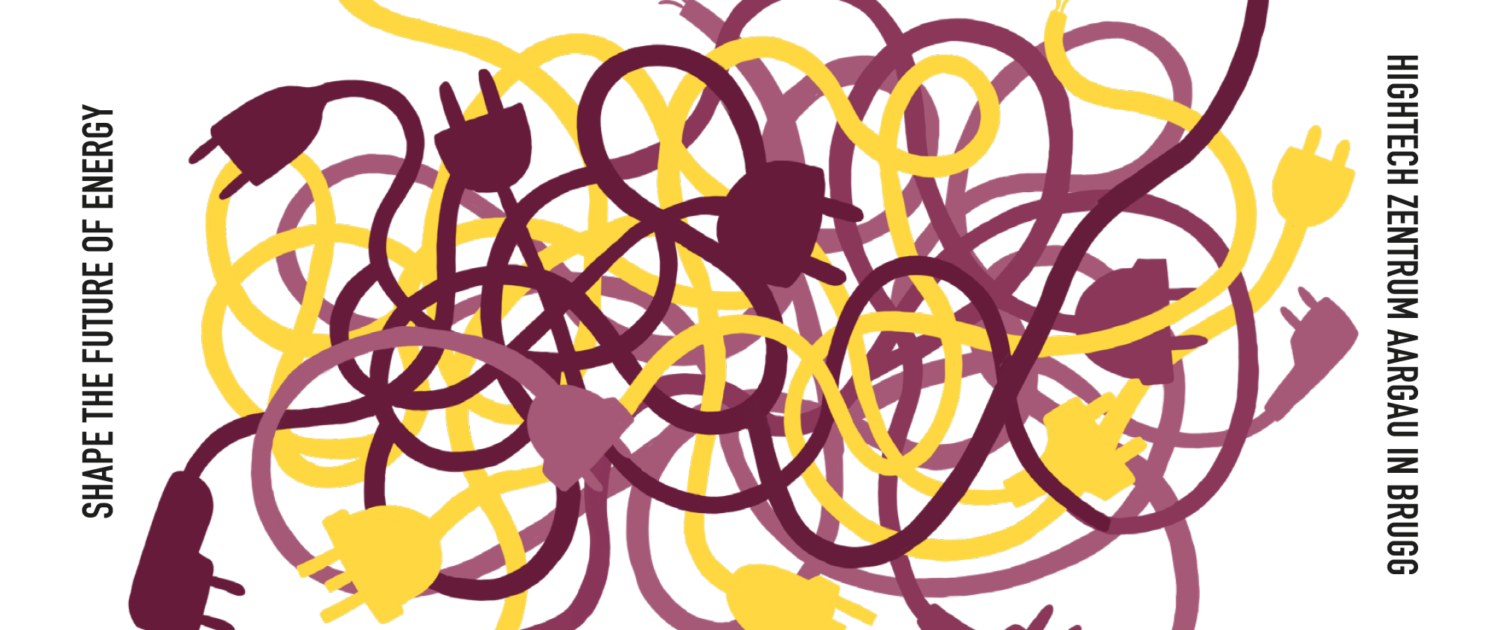 Opendata.ch
Opendata.ch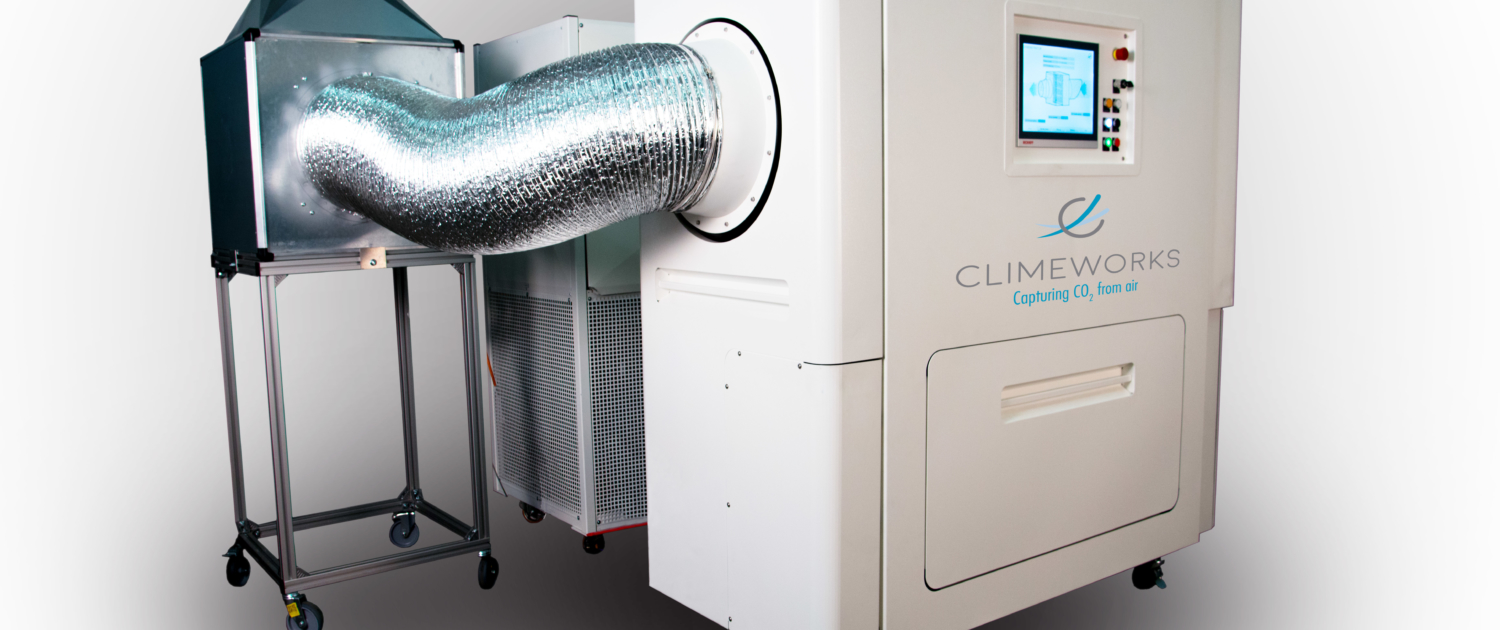 climeworks AG
climeworks AG Prognos
Prognos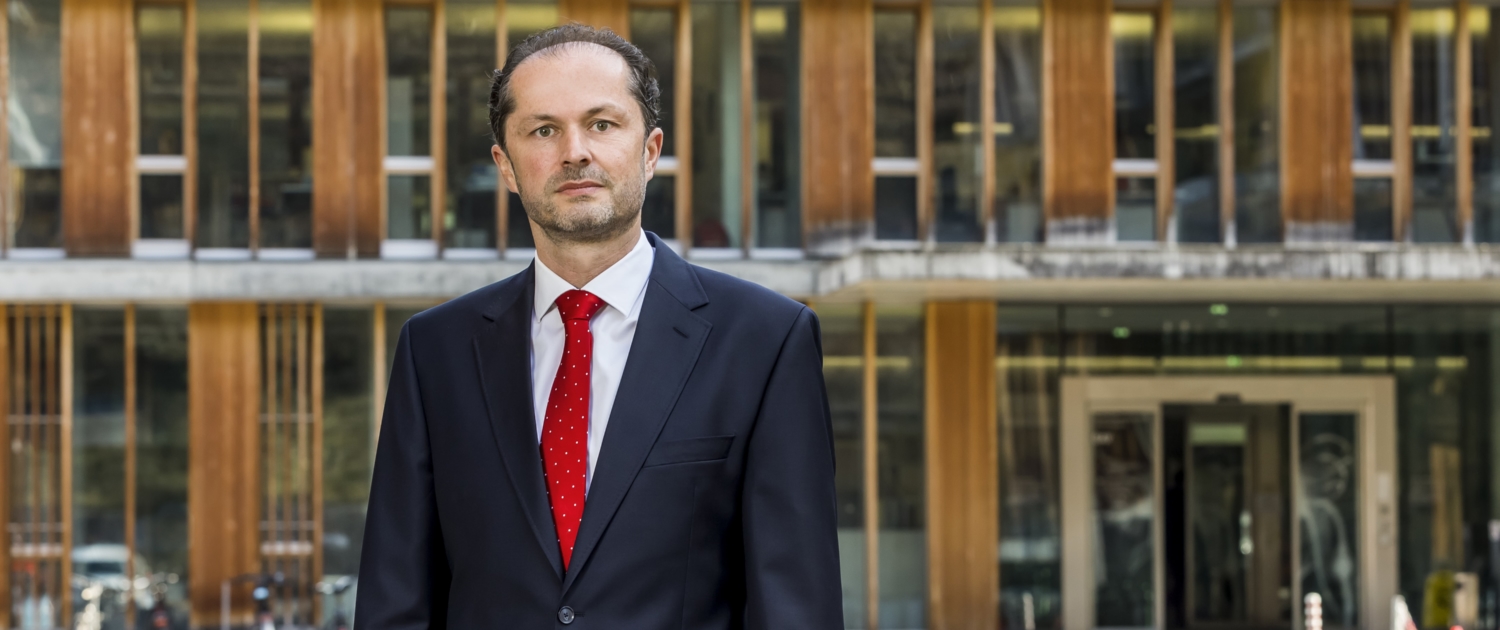 Thomas Hodel
Thomas Hodel